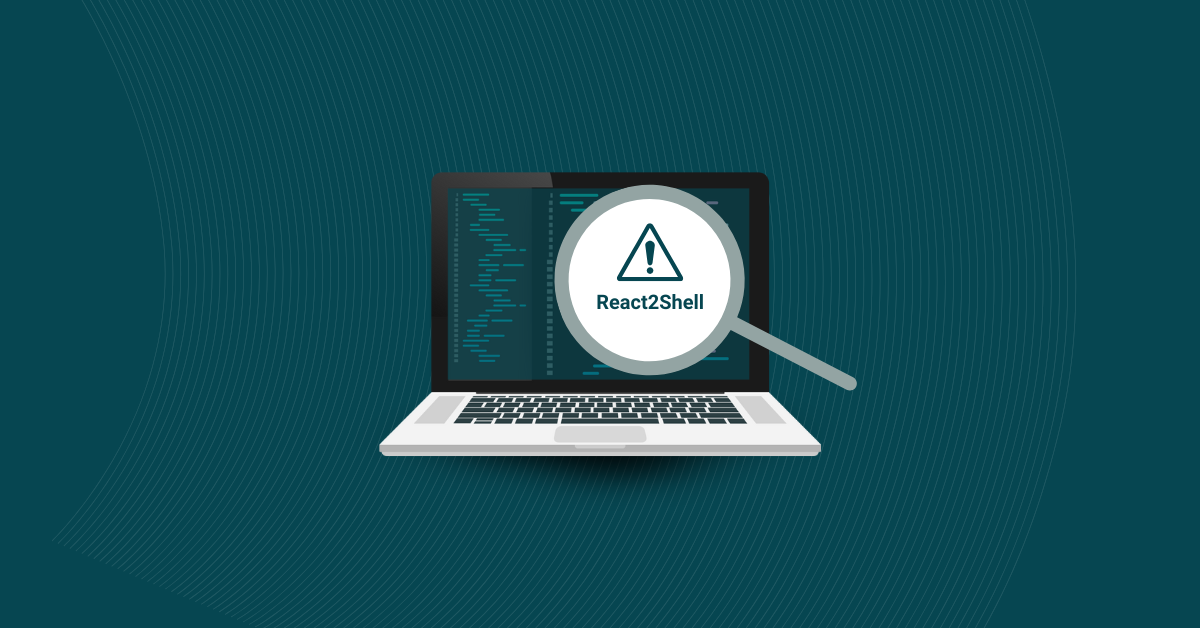

Almost all modern software contains at least some open-source components. Open-source software streamlines the development process and accelerates the software development timeline. It’s also cost-effective in most instances because it’s free to use. However, the use of open-source software is governed by licenses that dictate the terms of use. Developers need to understand the licensing terms so they don’t inadvertently violate them, which can carry significant risks—in the worst-case scenario, it can jeopardize intellectual property rights.
An open-source license is a legal framework that outlines the terms for using, modifying, and distributing software freely. Open-source licenses promote collaboration and innovation by allowing developers to build upon each other’s work without restrictive limitations. Because open-source software is accessible and adaptable, it creates a culture of sharing and continuous improvement. These licenses protect developers’ rights while encouraging transparency and maintaining the integrity and freedom of the open-source ecosystem.
All open-source licenses are different, but they all contain terms that address the following areas:
Open-source licenses grant users specific permissions, including the right to use, modify, and distribute the software. Developers can access the source code, make changes, and use it to create their applications.
Although open-source licenses generally grant broad permissions, they also have limitations and conditions on the use of the software. Users often have to credit the original authors. They may also be required to distribute their creations under the same license. This is known as copyleft, and it can be a dealbreaker for companies developing proprietary software that they intend to keep confidential.
Open-source licenses also include limitations that protect the software and its creators from liability. The software is provided “as-is,” and the people or organizations that created it and maintain it don’t make any promises about its performance. Some licenses restrict the software’s end uses, so it can’t be used in proprietary software without releasing the source code.
There are many different types of open-source software licenses. Therefore, developers need to know what type is associated with their software. Choosing the right license simplifies legal compliance and helps teams align the software with their project goals.
The Apache license, developed in 1995 by the Apache Software Foundation, is permissive and encourages open-source and proprietary use. It was updated to Apache 2.0 in 2004 to prevent users from inadvertently granting trademark rights, simplify and clarify the conditions, and increase compatibility with other licenses.
The Apache license allows developers to use, modify, and distribute the software freely. It also includes provisions for patent rights. Developers must document modifications and the original license. Furthermore, notices must be included in any redistribution. It consists of an express grant of patent rights from contributors to users.
Examples of software licensed under Apache 2.0 include:
The MIT license is named after the prestigious Massachusetts Institute of Technology. Its simplicity and permissiveness make it a popular choice for commercial applications. It allows software to be freely used, modified, and distributed with fewer restrictions.
The MIT license allows developers to use, copy, modify, merge, publish, distribute, sublicense, and sell the software. The only requirements are that the original copyright notice and a licensed copy be included in all copies or substantial portions of the software. This approach encourages innovation by promoting for-profit use cases while keeping the software open and accessible.
Examples of software licensed under an MIT license include:
Richard Stallman created the GNU General Public License (GPL) in 1989 as part of the Free Software Foundation’s GNU Project. It’s one of the most widely used open-source licenses and includes terms to ensure the software remains free and open for all users.
The GPL has a copyleft provision that requires any modified software versions to be released under the GPL as well. The source code must be available whenever the software is distributed so that others can study and change it. The GPL also protects users’ freedom to run, modify, and share the software without restrictions.
Examples of software licensed under GPL include:
The Berkeley Software Distribution (BSD) license is one of the oldest open-source licenses known for its simplicity and permissiveness. It allows users to use, modify, and distribute the software with minimal restrictions. Users must include the original copyright notice, list of conditions, and disclaimer of liability with all redistributions. The original BSD License consists of a clause that prohibits advertising. Another version is simplified and only contains two clauses.
Examples of software licensed under BSD include:
The licensing of software by developers will largely depend on the open-source components and dependencies within the codebase. If the codebase contains elements licensed under a strict copyleft license, it could affect how companies can license the finished project.
Development teams should consider their goals before beginning development, as the license they choose must be compatible with the open-source components used to build it. If teams plan to create proprietary software and want their code to remain confidential, they shouldn’t use open-source components licensed under restrictive agreements. However, if they wish the project to remain free and accessible to benefit the community, they can choose a copyleft license such as GPL.
Many modern codebases contain hidden dependencies. So, development teams may not even realize what open-source components they’re using. Noncompliance with licensing terms can put intellectual property at risk and lead to financial penalties. Kiuwan’s Insights SCA is a software composition analysis tool that examines the entire codebase for open-source and third-party components. Development teams will be aware of the licensing terms for all dependencies, enabling them to make informed decisions about their software. Reach out today for a free demo.


